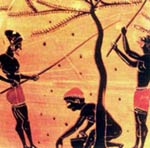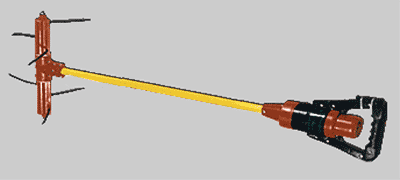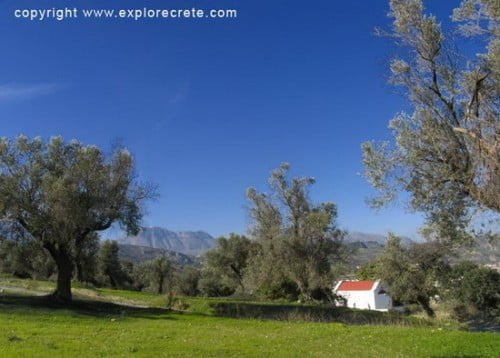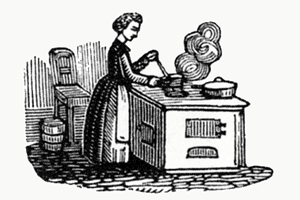Olive Harvest
Due to its mild climate, Crete is an ideal place for the development of olive trees and thousands of families make a living from cultivating these trees. Both the climate and the composition of the Cretan soil guarantee the fine aroma and superb flavour of the Cretan olive oil, which is internationally acknowledged for its high quality. Winter is the time that olives are picked and olive oil is produced at olive-oil mills.

The olive harvest period starts in November and lasts till March. The olives are ready to be picked when the fruit is 3/4 ripe. This means that it should be purple or close to black. If it is allowed to ripe fully then the quality of the olive oil deteriorates and the acidity increases.
Mechanical olive harvest
In Crete the olive harvest is mechanical. Special portable equipment is used. This results in a fast harvest when the weather conditions allow it. The weather should NOT be windy or rainy.
Special nets or big pieces of synthetic fabric are placed under the trees. Their use is to collect the olives that drop from the trip and their placement is a job for women and children. Men operate the harvesters. It is very common for relatives and friends to help each other for the olive harvest. Everything has to be done efficiently and fast because the whole procedure is weather dependant and weather in the winter is rarely good.

The harvesters consist of a portable generator and a T-shape rod with elastic sticks attached to it. The rod is 2-3 meters long and it is connected to the generator with a long cable (15 meters). The head of the rod rotates fast and the elastic sticks hit the olives and throw them on the nets under the tree. When almost all olives have been harvested from a tree, then they proceed to the next tree. This means that the nets have to be emptied into sacks and then placed under the next tree.
Harvesting starts early in the morning and lasts till late afternoon (8:30 – 16:00) with a noon break for lunch. At then end of the day the full sacks are taken to the oil mills. This is done at the end of each day, even if harvesting lasts for several days and the reason is that if the olives won’t be processed immediately, then the oxidation will result in a lower quality olive oil. The oil has to come out perfect. With 70% of all production in Greece being Extra Virgin Olive Oil, it is not a quantity but a quality game and everybody abides by the rules.
Twenty years ago no mechanical harvesters existed in Crete and the traditional way of harvesting was with long wooden sticks that the farmers used to hit the olives. Another form of olive harvesting is with small handheld plastic “combs” that comb the olives off the branches. This is used only when the trees are very young and short.
At the Oil Mill
At the oil mill the fruit is put into a bid feeding hopper attached to a moving belt and the leaves are removed. Afterwards the fruit is washed to remove any foreign materials. The olives are crushed and the olive oil is separated. Finally the olive oil is delivered to the produced and he stores it into metallic tanks or glass bottles. Plastic tanks are not suitable for storing olive oil.
© explorecrete.com All Rights Reserved. Reproduction or copying without permission is prohibited.






